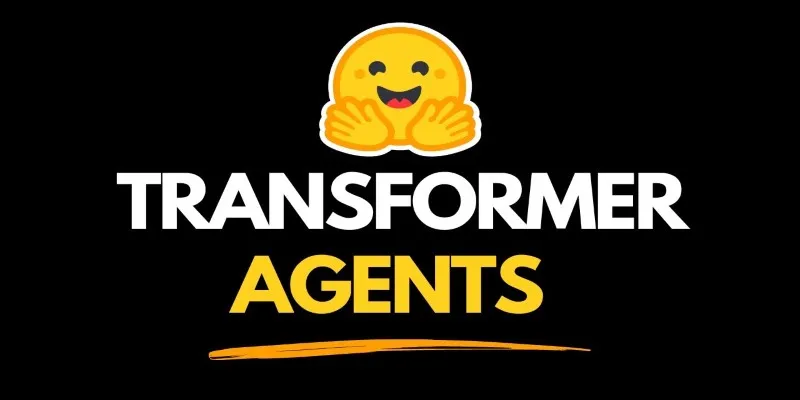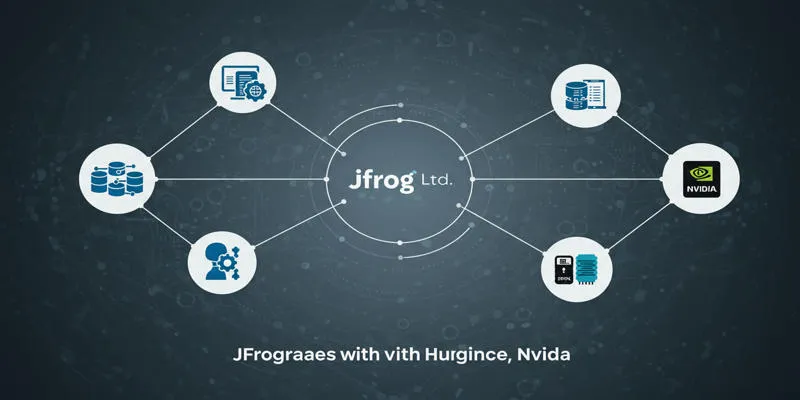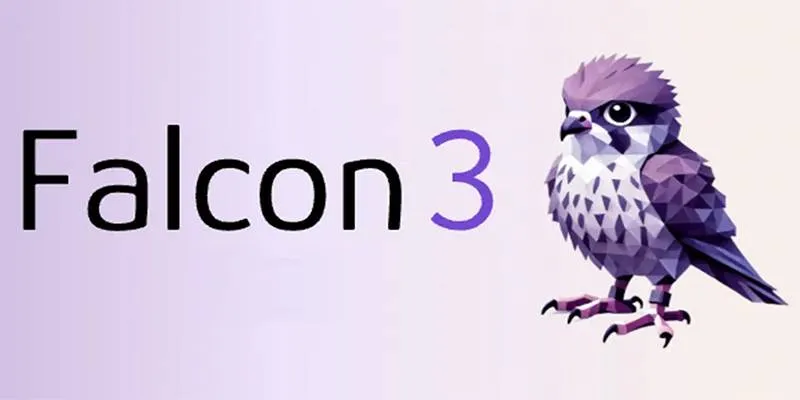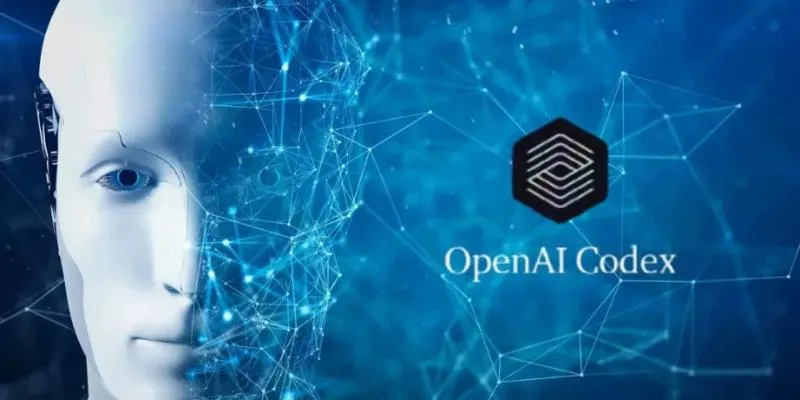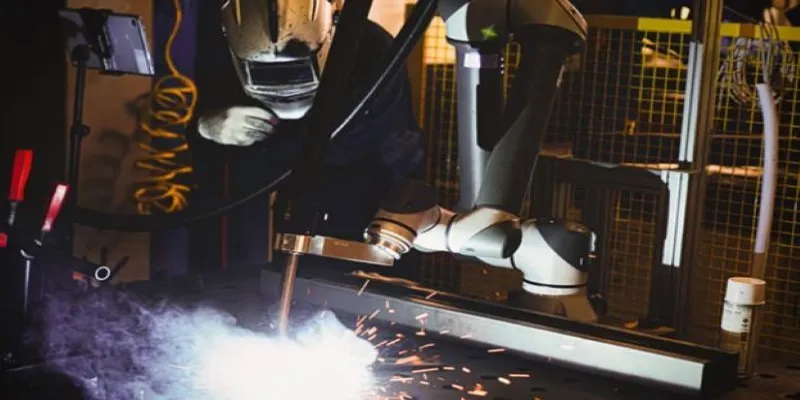The fastai library has become a go-to choice for those who want to work with deep learning in a more approachable way. Built on PyTorch, it simplifies many tasks without hiding what’s under the hood. Now, fastai has joined the Hugging Face Hub, allowing its models to be shared and reused more easily.
This connection between fastai and Hugging Face brings together a practical coding experience with a wide-reaching platform built around open collaboration. It’s a win for both communities, making it easier to train, host, and explore models without added complexity.
A Natural Match: Why fastai and Hugging Face Work Well Together
Fastai is known for its layered design, which helps beginners build models quickly while giving advanced users the tools to customize every detail. It covers vision, text, tabular data, and more, using a consistent and readable interface. This flexibility has made it popular not only in research and education but also in applied industry work.

Hugging Face has built a strong ecosystem around sharing. Its Hub lets users upload and discover models, complete with standardized interfaces and built-in versioning. The Hugging Face Hub has become the default space for storing and deploying models across NLP, vision, and speech.
Bringing fastai into the Hub connects these strengths. Users can now push fastai models to the platform with just a few lines of code. Each model is saved with its training details, usage examples, and metadata. This allows others to load and test those models instantly, whether for benchmarking, fine-tuning, or direct use in applications.
This integration makes things smoother for everyone: fastai users don’t need to host models themselves, and Hugging Face users gain access to a wider variety of model types trained using a different style of API. The connection also strengthens interoperability across the two ecosystems.
How Model Sharing Has Changed With This Integration
Before this update, sharing a fastai model often meant uploading files to GitHub or cloud storage and then writing manual instructions for use. Reproducing results could be challenging, especially when code environments or dependencies weren’t clearly documented. This slowed down collaboration and limited discoverability.
Now, fastai-trained models can be published directly to the Hugging Face Hub with complete model cards. These cards explain what the model does, how it was trained, and how to load it. Users don’t have to set up environments from scratch or guess what dataset was used. Everything is in one place.
Once uploaded, models can be tested live using Hugging Face Spaces. With simple interfaces built in Gradio or Streamlit, anyone can interact with a model through a web demo. This makes machine learning work more accessible to people outside the field—clients, collaborators, or learners—without needing to write a line of code.
Using the huggingface_hub Python library, uploading and updating models takes only a few steps. Authentication is handled through tokens, and files are versioned automatically. For fastai users iterating on a project, this means less time spent managing files and more time improving results.
The improved workflow not only simplifies deployment but encourages better documentation. Clearer model descriptions, consistent formats, and example code all make a difference when someone else tries to reuse a model.
What This Means for the Fastai Community
The fastai community has always focused on making machine learning education more open. Its course structure encourages hands-on coding, with users training real models from the very beginning. This has helped many people without formal ML backgrounds build their solutions and contribute to projects.

But fastai content hasn’t always been visible in larger model-sharing platforms. Now, models trained in fastai can sit alongside those from TensorFlow, PyTorch, and other frameworks. This raises the visibility of fastai users and brings their work into a wider conversation.
Having fastai models on the Hub means others can build on top of them, whether that’s by continuing training, testing on new data, or comparing performance with other libraries. It makes collaboration easier and encourages reuse instead of duplication.
It also gives students and self-learners a way to showcase what they’ve built. A fastai model uploaded with a complete model card and a working demo demonstrates both technical ability and communication skills. This is useful in job applications, academic projects, or when contributing to open source.
Educators can benefit, too. Course examples can be hosted live, and assignments can include reviewing or improving models already on the Hub. The entire fastai learning journey becomes more connected to the real-world ecosystem of tools and platforms.
A Look Ahead: What This Integration Unlocks
This update isn’t just about hosting models. It’s about building better workflows. Fastai models can now be treated the same way as others on the Hugging Face Hub—searchable, versioned, documented, and usable in production or prototypes.
As fastai supports more than just text or images—like tabular data and time series—the Hub will see more diverse models show up. This benefits people working in domains like agriculture, education, or healthcare, where fastai often finds practical applications.
Integration also opens up fastai projects to Hugging Face’s wider tooling. For example, datasets hosted on the Hub can be loaded into fastai pipelines. Evaluation tools like evaluate can be used on fastai outputs. And since Hugging Face supports community-driven updates, fastai models can receive improvements, bug fixes, or extended use cases after being uploaded.
This helps move machine learning closer to a more transparent and reusable space. Models aren’t isolated snapshots anymore. They’re part of a living library that can grow, improve, and reach wider audiences.
Conclusion
The addition of fastai to the Hugging Face Hub makes sharing and reusing models simpler for everyone involved. Fastai users can now easily publish their work, while Hugging Face users gain access to models trained using a different, more accessible approach. This move encourages collaboration, better documentation, and broader visibility for practical machine-learning projects. It also supports open learning by providing students, developers, and researchers with tools to share their work without technical hurdles. By connecting fastai’s user-friendly design with Hugging Face’s established platform, the integration improves how people create, explore, and apply machine learning across real-world use cases.
 zfn9
zfn9
